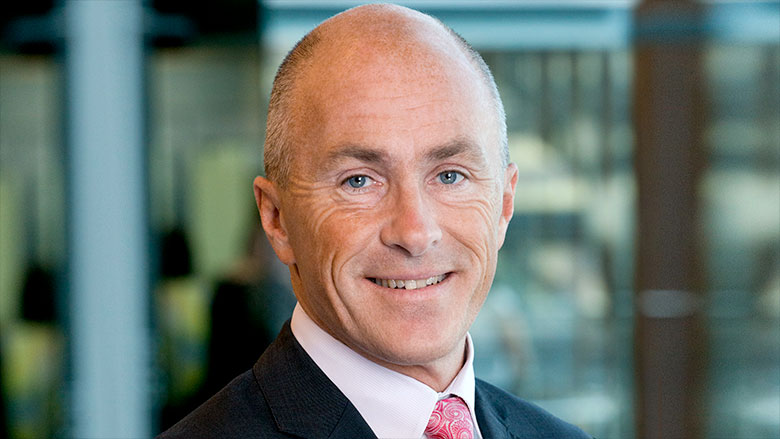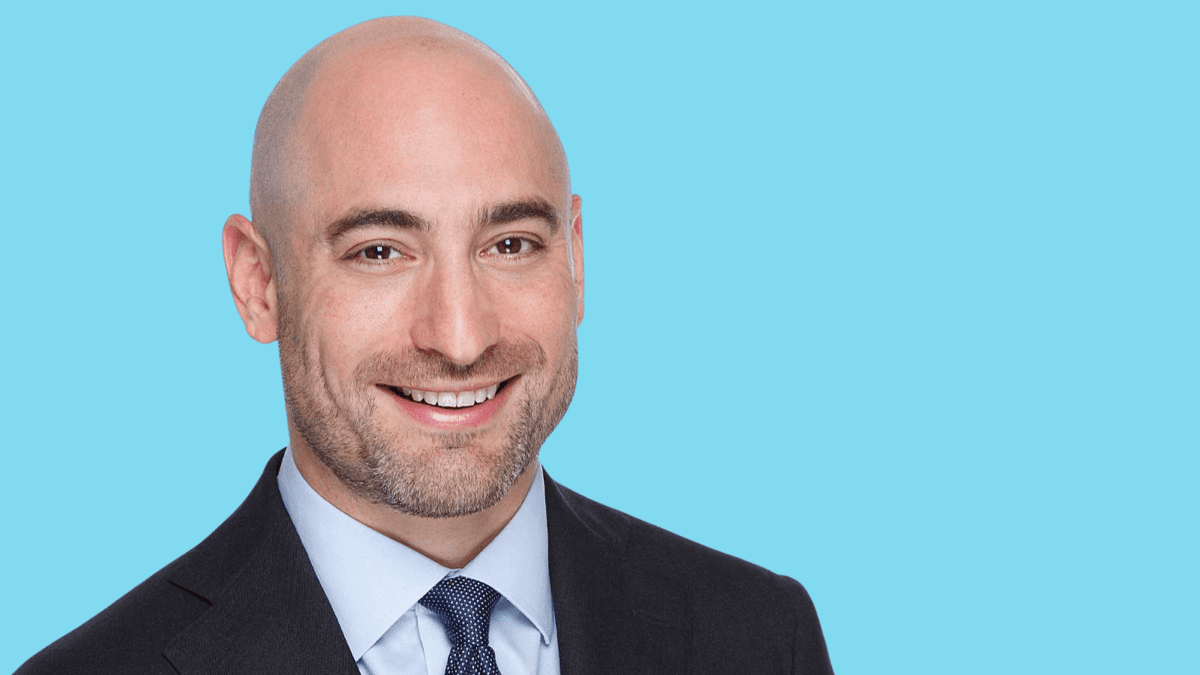What to watch for in portfolios amid a year of change
The latter half of 2021 and the majority of 2022 have been among the most challenging periods for investors in several decades. The traditional balanced portfolio, defined as one that holds 40 per cent of assets in government bonds and 60 per cent in indexed equities, is on track for the sixth-worst beginnings to a year in the last century.
This has been driven by both weakness in bond valuations as interest rates rise and the compression in price/earnings (P/E) multiples as investors became less willing to pay for profits that were well into the future. The result is that one of less than a dozen bear markets since World War II is well and truly upon us.
According to Morningstar, its core Balanced Portfolio is tracking as being down 4.2 per cent for the financial year to 31 May, and down 7.1 per cent for 2022 thus far. Using this as the ‘benchmark’ the range of returns from similarly structured portfolios has become wider than ever, with this to be fully revealed once the financial year comes to an end.
Having worked in financial markets for more than 17 years, there are a number of issues I will be watching as the end-of-year results come out and which may determine the difference between a negative and positive return.
The first is how much duration risk has been carried in your portfolio. Duration refers to the sensitivity of a bond investment to increases in interest rates, with higher duration meaning that higher bond yields send the valuation lower. Duration has been among the easiest and most powerful return plays for close to two decades as interest rates fell. But they have begun to turn.
While many have already suggested that little could be done about the losses in fixed-income and bond investments, a lot clearly could. It was clear before the pandemic that rates would eventually need to move higher, but very few acted on this. There are no shortage of short-duration or floating-rate strategies available to investors; the question is whether they were utilised at the right time.
Duration leads directly into the importance of property valuations, but particularly those of unlisted direct property, which has dominated institutional and pension fund portfolios. Property valuations are traditionally completed on a quarterly basis internally, but formally at 30 June using independent valuers. One of the key inputs into this process is comparable sales, which can be rare given the value and size of the office towers than many funds own.
The level of bond yields is however more important than comparable sales particularly where an asset is being held for the long-term. Bond yields are the primary input into the discount rates that are used to value the future rental income and cash flows to determine today’s worth. With bond yields having increased from less than 1 per cent to close to 4 per cent, one could be excused for assuming properties would now be worth less than before; however, this isn’t always priced in immediately or to the current market level.
This valuation focus also extends to private market investments like private equity and venture capital which have been among the most popular asset classes in the last few years. Investors have pursued returns further along the risk curve as cash and term deposit rates were bound to zero. The biggest challenge facing venture capital, which is generally technology or healthcare-focused, is that more than half the businesses that make up the tech-focused Nasdaq index have fallen in value by 50 per cent or more in the last 12 months. In many cases, these businesses are worth less than they were before the pandemic.
Being comparable businesses to venture capital, it is only natural that the value of unlisted businesses would also reduce, however, there is no rule or requirement to do so by the funds that own them. The valuation policy is up to the manager and end-investor, but 30 June may well mark the point at which revaluations must occur, which could impact on returns after being key contributors in 2020 and 2021.
The last point to consider is unintended style biases that have drifted into portfolios. Styles are broadly defined as an approach to investing, with the three key ones being passive (or index), value and growth. The incredible performance of growth stocks led many to increase their allocations in the last few years, with 2022 seeing a significant reversal in recent performance. Those strategies with a blend or mix between value and growth styles will likely have navigated the period more smoothly.









